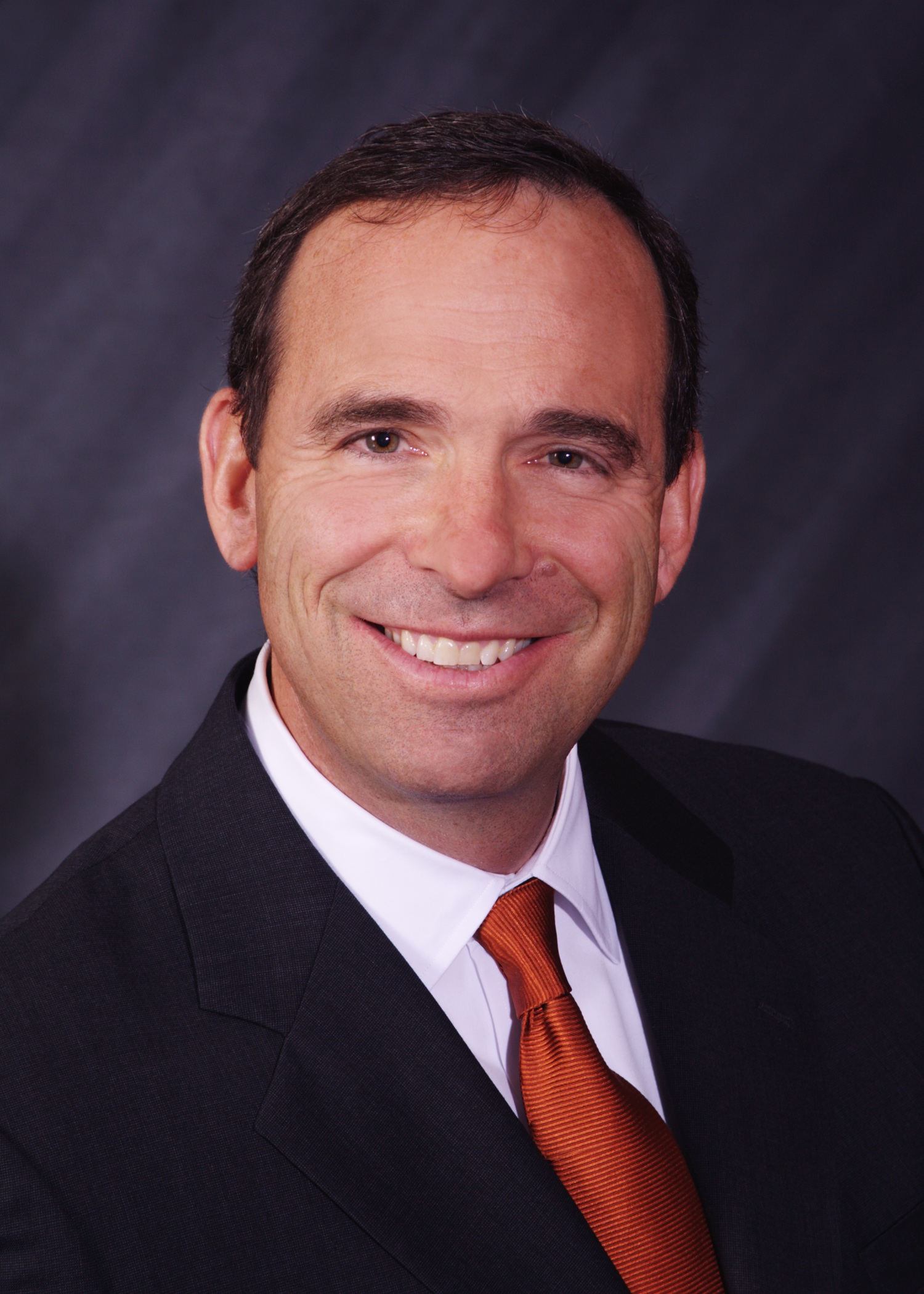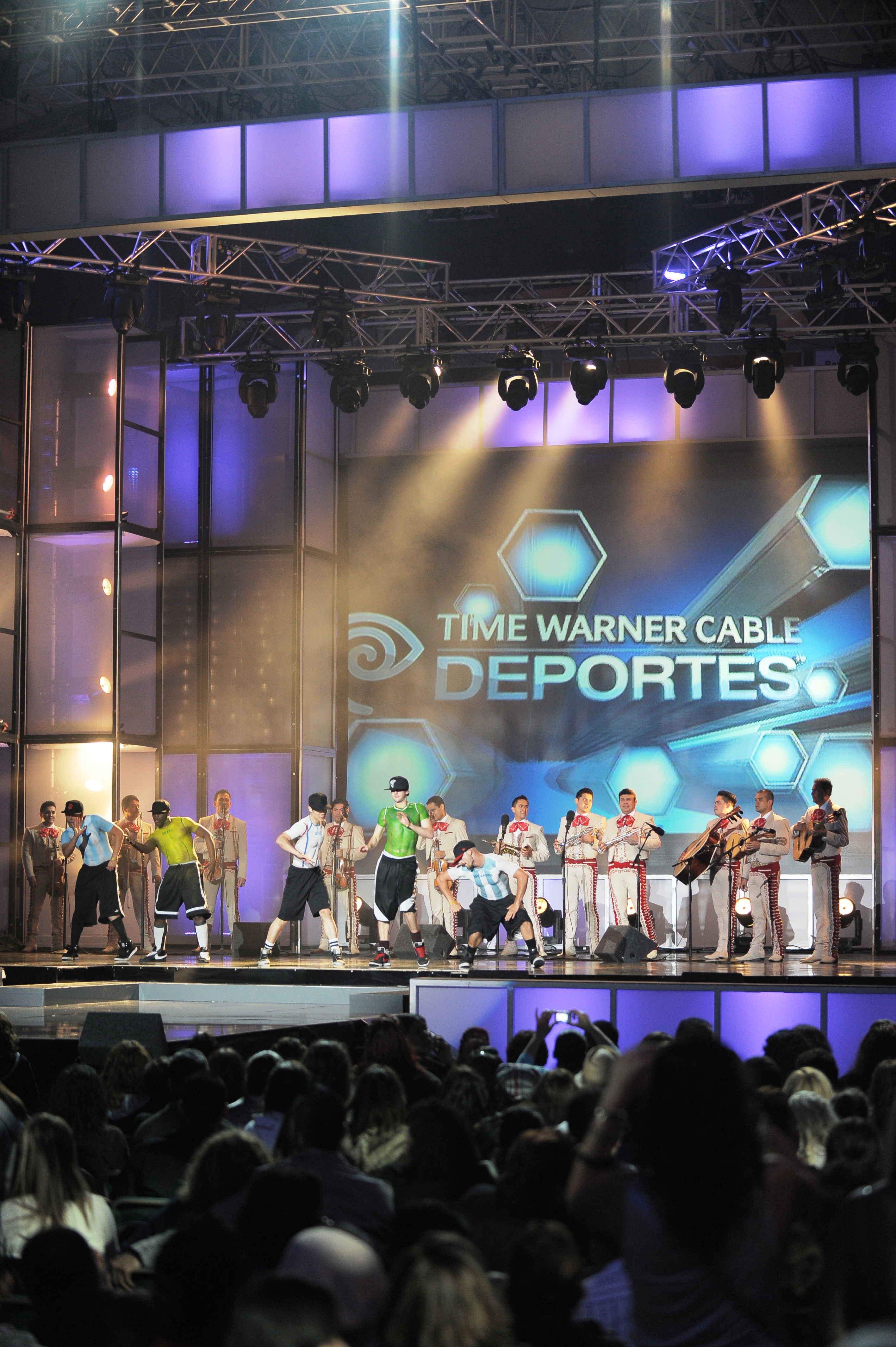Time Warner Cable's Futbol Frenzy
On June 12, one day after the Mexico-South Africa match led
off the 2010 FIFA World Cup, Time Warner Cable began offering subscribers all
64 games in the tourney for free, under its Lo Mejor on Demand platform.
Available 24 hours after they air on Univision, the matches will significantly
increase TWC's Hispanic video-on-demand offering, which includes programming
from Univision, TeleFutura, Galavision, Telemundo and mun2. To tout the
unprecedented partnership, Time Warner Cable in May hosted a massive event at
The Home Depot Center in Los Angeles, bringing Univision's long-running show Sábado Gigante live to a crowd of 4,000.
The event was yet another sign of the company's push to aggressively tap into
the growing Hispanic market. Hispanic TV Update spoke to MSO chief marketing
officer Sam Howe about the latest marketing stunt and what the future holds for
Hispanic cable.
MCN: How would you
describe TWC's marketing strategy to target U.S. Hispanics?
Sam Howe: I'd say
our Hispanic marketing strategy is no different from the one targeting the
general market. What's interesting is that one thing that is common to
everybody is that everyone wants one basic thing: to have control of
technology. There are the usual stopping places [for Hispanics], like they have
a greater family ethic ... so we speak to them more on that tone; what does it
mean for your family to have control? The strategy is to understand the
segments and speak to them in a way that is culturally relevant.

One thing that is very important for us in terms of strategy
is to recognize their fast-growth potential, and by this I don't only mean in
terms of population, but in terms of their interest in our products. For
instance, their interest in high-speed data, and their growth factor is two to
three times that of the general population.
MCN: It seems that
these days there are Time Warner Spanish-language ads everywhere.
SH: Good! What's
happening is the result of something we saw a couple of years ago. Two years
ago, we said to ourselves, 'We have not properly addressed this segment based
on what it really represents in our footprint.' So, we took a hard look on
basic allocation. For example: If you put the Hispanic households as a number
over the number of non-Hispanic households in Los Angeles and create a ratio,
that's 70% ... and that was a wake-up call, because in that market we were only
spending 15% of our marketing budget addressing the market. So we said, 'Wait,
we don't have this balanced correctly.'
Also, at the beginning of last year and into this year, we
said, 'If this is a tough economy, and ... every point of penetration in any
product is getting harder to achieve, so you have to fish harder' ... one of the
biggest-growing ponds with a great adoption rate is Hispanics. We had to
recognize this was a bigger opportunity than we had estimated.
The smarter way to stay on top of the multichannel video marketplace. Sign up below.
MCN: How has that
changed your investment?
SH: To continue
with the Los Angeles example, if we were spending 10-15% of our marketing
budget [in addressing the Hispanic market], now that figure is 40-45%.
And while this figure might not look proportionally correct,
you have to consider there are many second- and third-generation households
that might actually just need to see us talking to them in context, but not
necessarily in language. That is why we think that 40-45% is just about right
to addressing the L.A. market versus what it was at 10-15%
MCN: What about nontraditional
media?
SH: In addition
to media buying, we also ramped up the community aspect not only in Los Angeles,
but in New York City as well. We find it very interesting to connect with
people who might be off the media pattern. ... With Univision, we had an event
last fall [that] 15,000 people attended. It was a great partnership because it
brought all of Univision's top talent shooting live shows from Times Square;
doing all their shows right from there. And [on May 14] we were at the Home
Depot Center in Los Angeles doing a very similar event.
These are symbolically huge events; somebody said to us, at
the Times Square event, 'New York gives us the Dominican Day Parade, or the
Puerto Rican Day Parade, other parades, but we had never been in Times Square,
we are here, we are mainstream, we've arrived.' That is the sense we got.

MCN: The conversation
about Hispanic marketing revolves around how many key executives are really
taking charge. What's the situation at the executive level at TWC?
SH: At the corporate
level, we have added a couple of people who not only have expertise from other
companies, including Marisol Martinez, our senior director for Hispanic target;
William Ortiz, our brand VP, who comes from a deep background, all those people
a couple of years where not here. But I also believe that the point is not to
just hire people with a Hispanic background, but to really listen to what the
customer wants, and then work backwards from there to create products and
services they want.
We also have [radio entrepreneur] Tom Castro on our board;
he joined about the Time Warner Cable's spinoff from Time Warner. Tom even
counseled us on not only hiring someone with a Hispanic surname, but asked us
to take a serious look to what your objectives are in building your programs. ...
We followed that advice very clearly.
With this, we launched El Paquetazo, which actually beats
DirecTV, and from there we added other things, like Lo Mejor on Demand.
MCN: Do you have some
viewership numbers on your on-demand offer?
SH: We are not
prepared to share those, because we feel it's still a developing product ... it's
not that we are not proud of the product or that is not getting adoption, but
as you can imagine, we just launched in October.
MCN: What's your
expectation about the offering of World Cup matches on demand?
SH: We currently
have about 50 hours of content now. When we start doing World Cup, we'll have
24 hours a day where people can watch whatever game they would miss. We are
going to learn a lot from that, and I think around August, we'll be able to
share some viewership numbers.
MCN: In your
experience, have new TWC Hispanic customers been new to pay TV or first
adopters?
SH: We do occasional research and noticed that in certain
markets about half are coming from anther service, say Dish [Network or DirecTV,
and half are new to us altogether. That doesn't mean they didn't have something
before, but we just can't tell. Where we have big penetration among Hispanics,
for instance in some parts of Texas, there is not a lot of difference between
the segments, but where we do see a big difference is in their adoption of
high-speed data, telephone and other products. We are seeing adoption rates that
rival those of the general market.
